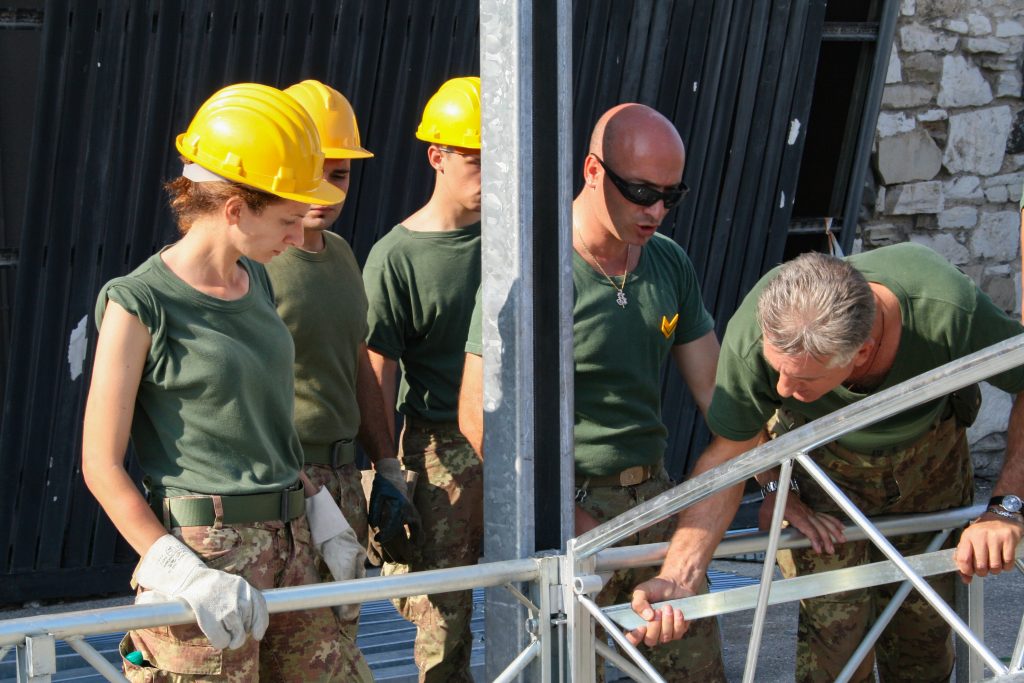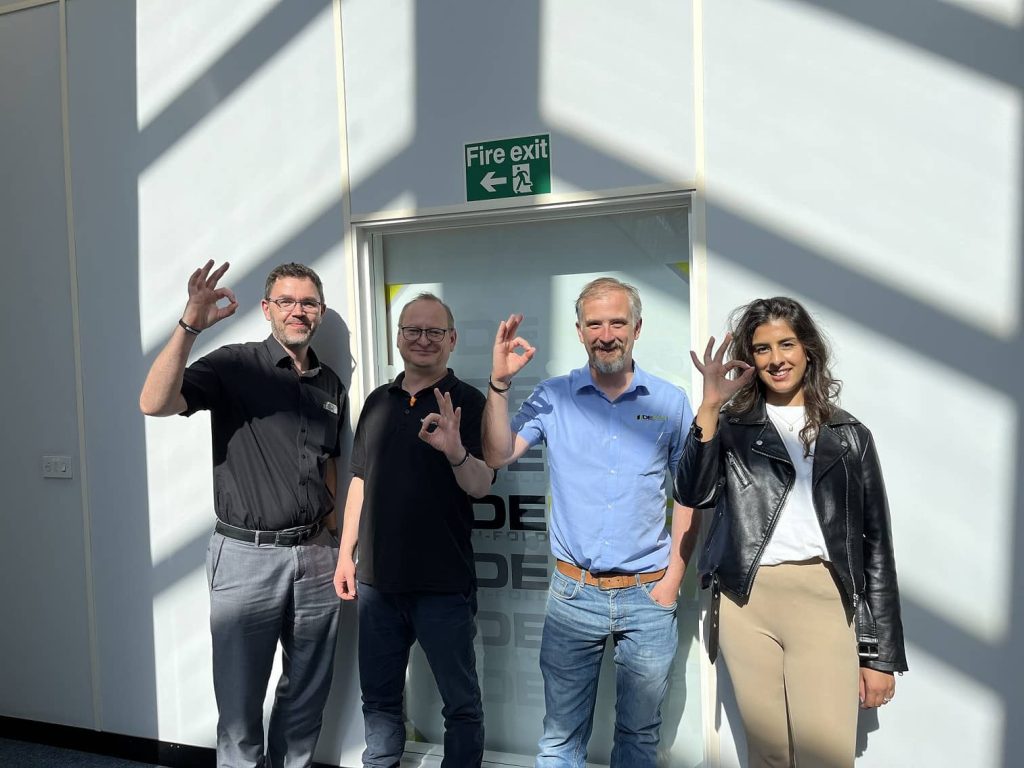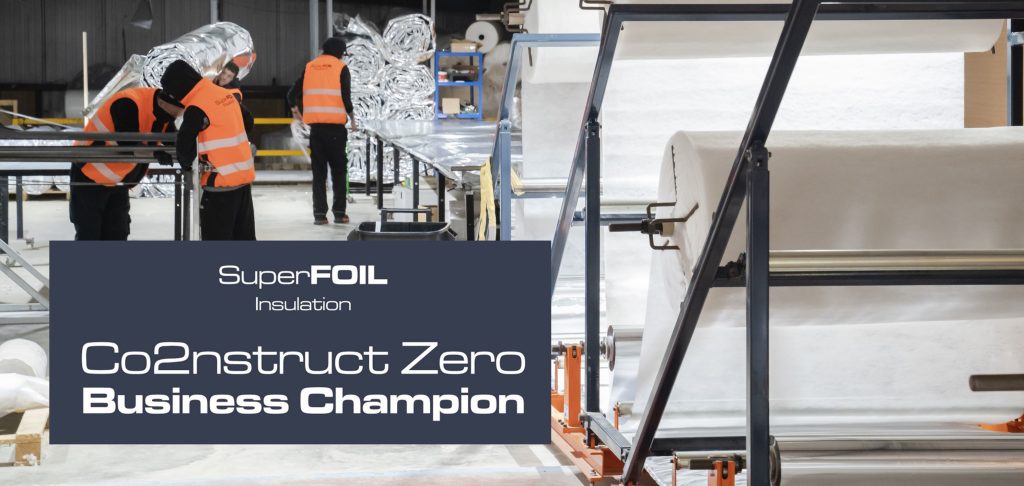Can concrete keep up its popularity?
After water, concrete is the second-most consumed material in the world with over four billion tonnes of it produced in 2017, a figure that makes it the world’s most consumed man-made material. Concrete is incredibly important in the world of construction, but few know just how popular it actually is.
Concrete usage has exploded in recent times, particularly in China and Asia. Since 1950, cement production has increased by 3,000%, and since 1990 it has increased fourfold. In fact, between 2011 and 2013, China used more cement than the US did in the entire 20th century.
But why is concrete so popular?
Concrete is a crucial part of so many types of structure, from car parks to bridges, tower blocks and dams. After the Second World War, there was a huge surge in the use of concrete for buildings, many of which are still standing and in use today. Some of them, granted, are not popular – ‘eyesore’ is a word often used for post-war concrete constructions, but there can be no doubt that concrete has also been used for some of the world’s most iconic structures.
Cost effective
One of the most attractive benefits of concrete is its cost. Its affordability combined with its durability means that there are few materials in the world that offer better value for money than concrete. Whether it’s being used for a futuristic, multi-million-pound home or a multi-storey car park, concrete brings the same longevity to any project.
Durable
Concrete is an immensely hard-wearing material. It’s resistance to erosion and the elements means that it can be used in various climates, whether it’s blazing heat or countries where it rarely stops raining.
Fire-proof
Concrete doesn’t burn, which means it will stay intact in the event of a fire, providing an extra level of protection for those within the building. Its fire-resistance is one reason why many residential buildings are built with concrete.
Reusable
When a concrete structure is demolished, that doesn’t mean that all the concrete needs to be disposed of. Unwanted concrete can be crushed and turned into aggregates, which in turn can be used for all manner of applications, from pavements and driveways to road bases and decorative borders.
The process of making cement and concrete has come under criticism due to the high levels of CO2 it emits. The quarrying used in the process creates huge amounts of dust, and concrete kilns require large amounts of energy to work. However, in recent years, there has been a concentrated effort to improve the environmental credentials of the material.

Dan Carter, business executive of EasyMix Concrete UK, said: “Concrete provides construction companies, property owners and landowners with plenty of benefits through its durability, cost-effectiveness and reusability.”
Recent developments in the industry and an increased focus on improving the environmental impact of concrete, means that concrete is becoming a more sustainable resource.
“One of the most important things for the world of construction is for those involved to push to become more environmentally friendly and if this happens then we believe the future looks bright for the concrete industry.”
Over the last few decades, CO2 emissions per tonne of concrete have dropped by 18%. The Global Cement and Concrete Association is to publish a set of sustainability guidelines for its members, which currently comprises of 35% of the world’s cement production capacity. It is hoped that these guidelines will help to further reduce the impact cement production has on our environment.



















